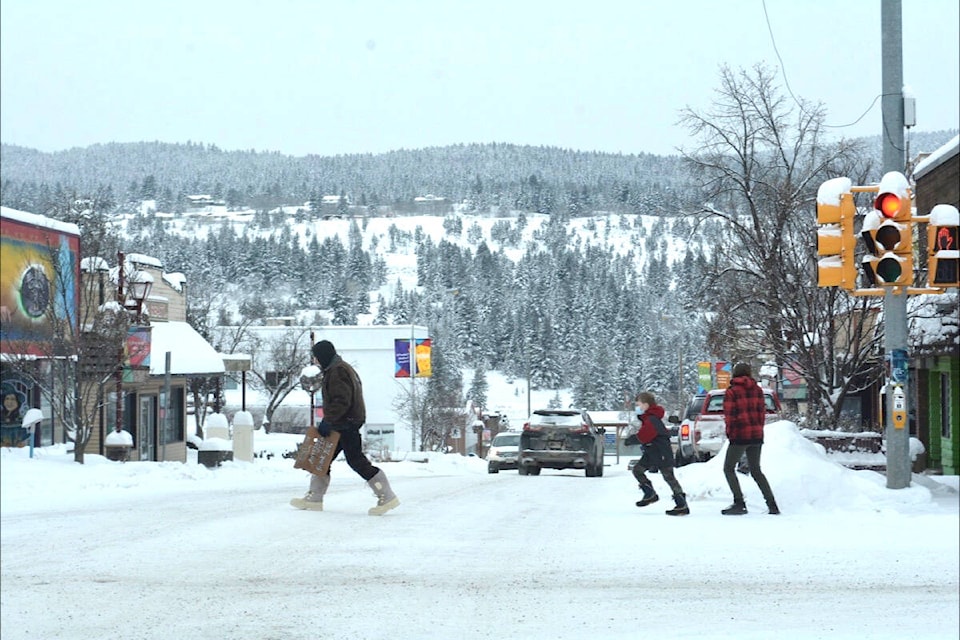After reaching an all-time high temperature of 40°C on June 29, 2021, Clinton recorded a low of -40.7°C on Dec. 27, a record low for that date.
The record was broken as a deep chill gripped much of the province. Extreme cold weather blanketed the Southern Interior, prompting cold weather alerts and the closure of some facilities at Sun Peaks. Anyone braving the outdoors was urged to dress warmly and cover all exposed skin due to the possibility of frostbite within minutes of being outside.
Dec. 27 also saw a new cold weather record in Quesnel, where the mercury dipped to -39.2°C. Prior to that, the coldest Dec. 27 on record there was -38.6°C, set in 1996.
“We weren’t sure initially if a record would be beaten, but it was,” said meteorologist Philippe-Alain Bergeron.
Temperatures were also chilly on Dec. 26, which saw 21 temperature records broken across B.C., including Prince George and Bella Coola.
“It will be cold all week; however, the coldest is over,” Bergeron said, noting that temperatures are well below normal across the province.
“Be careful out there. The risk of frostbite is minutes, so bundle up and cover up properly if you are going to be exposed to the elements.”
Environment Canada has issued a warning noting that extreme cold puts everyone at risk. People should watch for cold-related symptoms such as shortness of breath, chest pain, muscle pain and weakness, numbness, and colour change in fingers and toes.
Use caution and limit outdoor exposure, as there is an increased risk of frostbite and hypothermia. Parents and pet owners should be particularly mindful of children and pets being outdoors during these times. The amount of time a dog should be outside will vary by breed.
Wear clothing that is appropriate for the weather. Dressing in layers, with a wind- and water-resistant outer layer, provides flexibility for changing conditions. Cover as much exposed skin as possible by wearing hats, scarves, and gloves to avoid frostbite. Try to stay dry, and change out of wet clothing as soon as possible.
editorial@accjournal.ca
Like us on Facebook and follow us on Twitter
